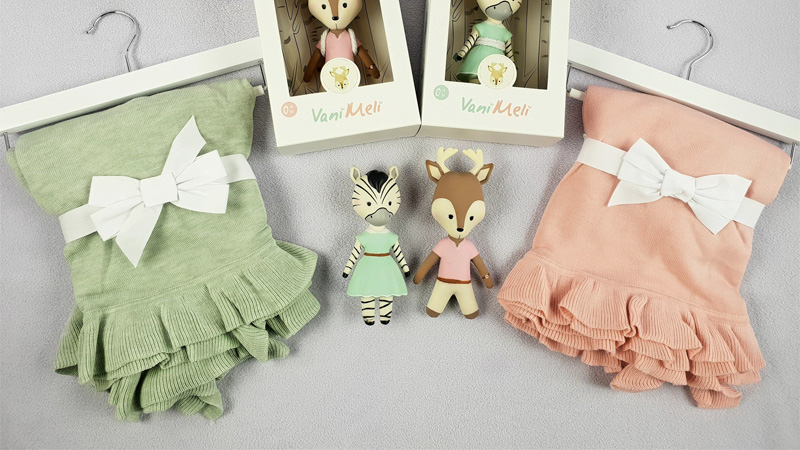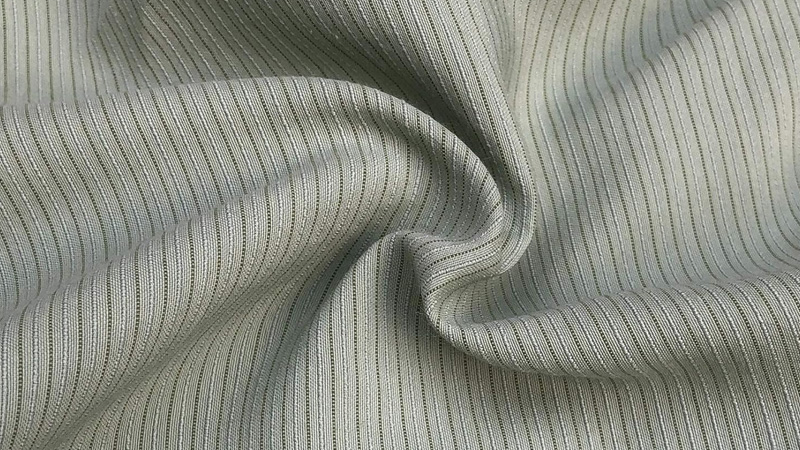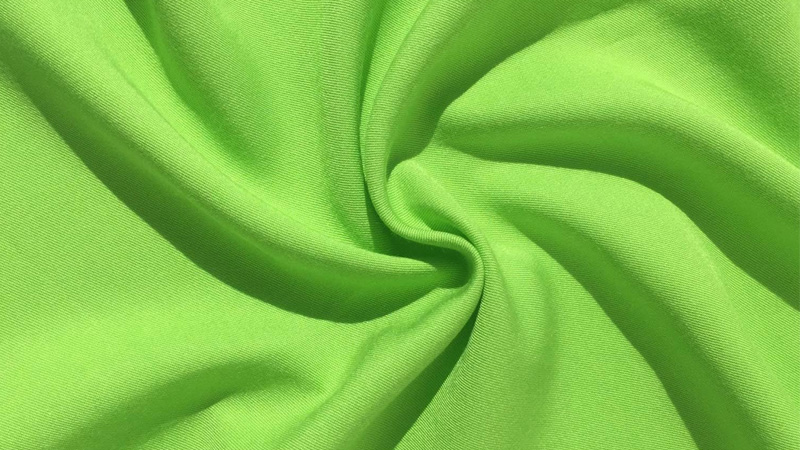It was not so long ago when the Lyocell fabric saw the light of the day. To match the ever-growing textile industry, it is up to us, as a sewist, to learn more about the latest fabrics and offer the best to our clients.
In short, Lyocell is a sustainable alternative to the traditional fabrics of our regular day. Such as, we can use it instead of cotton, silk, or polyester. The fabric is best known for its eco-friendly production, comfort feel, and versatility.
The applications are endless. Today, we will get to know what is lyocell fabric and how it’s different from other fabrics, including its benefits and applications.

What Is Lyocell Fabric?
Lyocell is a semi-synthetic fabric, generally made from natural cellulose fibers, initially sourced from wood pulp.
The cellulose mainly used to make Lyocell mainly comes from eucalyptus, beech, and oak trees. However, other sources such as bamboo and cotton are also not uncommon to use.
Unlike synthetic fabrics like polyester, viscose, or rayon, lyocell fabric is generated from renewable sources, and the production process is eco-friendly.
It’s also very comfortable to wear because the fabric is soft and breathable, and can help keep you dry by absorbing moisture. Lyocell is mostly used for cloth, bed sheets, and towels.
As per the industry records, the largest Lyocell plant in Bangkok is capable of producing 100,000 tones of lyocell every year.
Key Highlights of Lyocell
- Made from renewable wood sources. The production process is environment-friendly and uses a closed-loop system.
- The fabric has a soft and smooth texture, which makes it extremely comfortable to wear.
- Highly breathable, and thus suitable for warm clothes.
- The fabric can absorb and wick moisture away from your skin. You will have dry wear all day.
- It also helps to regulate your body temperature.
- Merely need ironing. The fabric is naturally resistant to wrinkles.
- It is soft but durable enough to withstand regular wear and washing.
- Suitable for your sensitive skin. Lyocell is hypoallergenic and doesn’t trap allergens.
- Additionally, the effect Lyocell has on the environment is insignificant. The fabric is biodegradable and can break down naturally.
- You can also blend lyocell with other fabrics to add variety in the fashion and textile industry.
Why Should You Use Lyocell?

A widespread confusion remains: when should you wear lyocell? Many still believe winter is the ideal time to wrap the fabric, while in reality, lyocell can be used any time of the year.
Some of the few reasons why you should use Lyocell are,
Lyocell Is Eco friendly
Lyocell and it’s production story may surprise you. The fabric is designed by professionals to reduce environmental impact. And thus considered almost entirely eco-friendly.
Only fast-growing trees like eucalyptus or bamboo are used in the process, meaning we don’t exploit the forest! The forest will turn to its ideal greenery in no time. Additionally, it involves the closed-loop system.
** Note: In a closed-loop system, resources, such as raw materials, water, and energy, are carefully managed and recycled to create a more sustainable and eco-friendly production cycle. Lyocell involves water, and chemicals are recycled to reduce waste.
Breathable Fabric
The fabric is incredibly soft and smooth against the skin. People say! The Lyocell pajamas are so comfortable you’ll want to sleep in them every night.
Furthermore, the fabric is highly breathable. It allows air to flow through the fabric, and thus keeps you cool and prevents overheating. Think about the Lyocell summer wear. They are light and airy and perfect for hot days.
Lyocell Absorbs Moisture

The fabric can absorb moisture (like sweat) and move it away from your skin. You can stay dry all day long. Perhaps, that’s why, Lyocell socks are best applicable during workouts. They prevent your feet from getting sweaty and uncomfortable.
Additionally, this fabric is magical. It can adapt to your body’s temperature. And can keep you warm when it’s cold and cool when it’s hot. The best example would be a Lyocell blanket. It keeps you warm in winter and doesn’t make you feel too hot in the summer.
Low Maintenance
Want to get rid of frequent laundry? Lyocell can be the answer. Any lyocell clothes will be relatively wrinkle-free. Ideal for working women, lyocell blouses are generally easy to handle. They won’t wear down after a long day at work.
Additionally, for many manufacturers lyocell is a suitable option to blend with other fibers. This opportunity opens up the door for the versatile use of Lyocell, from clothing and bedding to activewear and upholstery.
A real-life example could be lyocell and cotton blend T-shirts – both soft and durable.
Suitable for All Skin
As mentioned earlier, lyocell doesn’t trap allergens or irritate sensitive skin. Hence, if you have allergies or sensitive skin, lyocell fabric would be inviting to you. Plus, allergic people like me can even sleep the night on lyocell sheets without having to worry about reactions.
The Fabric is Biodegradable
Lyocell breaks down naturally and won’t contribute to long-lasting waste. The fabric is highly praiseworthy for its biodegradable nature. Unlike nylon or fleece which leaves a heavy carbon footprint, lyocell products have a smaller environmental footprint, when disposed of responsibly.
In summary, Lyocell fabric offers comfort, sustainability, and practicality. This is the reason why millions of people use lyocell products each year. The fabric prioritizes both well-being and environmental responsibility.
Tips to Take Care of Lyocell
Even though lyocell is one of the low-maintenance fabrics, you should still point out a few things to improve the longevity of your lyocell clothes. They are,
- Have a gentle machine wash with a subtle cycle. Use cold or lukewarm water as needed. Don’t use bleach, as it can damage the fibers.
- It’s best to air dry Lyocell fabric or use a low-heat setting in the dryer.
- If necessary, Lyocell can be ironed at a low to medium heat setting.
- You should store lyocell garments in a cool, dry place away from direct sunlight to prevent color fading.
In short, there’s no denying that, lyocell has introduced a significant advancement in the textile industry. Consumers are happy with how the fabric is suitable for different seasons, it saves money for the next season! 😀
Additionally, it leaves a positive footprint in our ecosystem. There are too many pollutants already, harming our environment and we shouldn’t indulge more!
If you haven’t tried the lyocell fabrics yet, perhaps it’s your time to do so! Stay in touch with us for more!
Leave a Reply